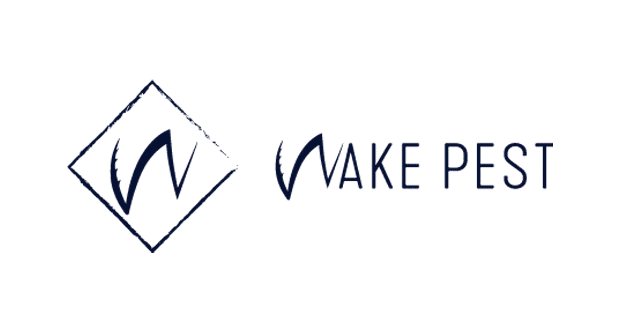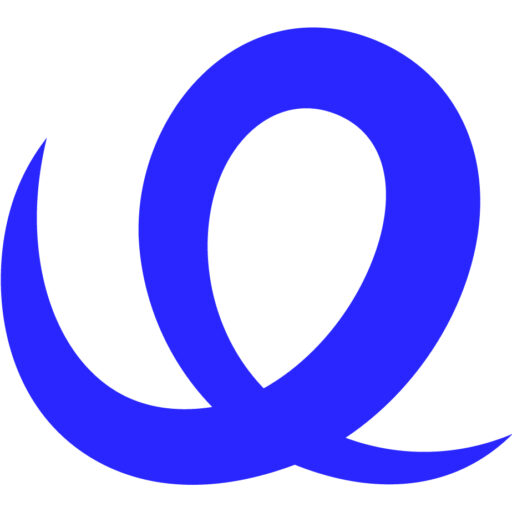
We transitioned Wakepest.com to WordPress, deployed a location‑first Local SEO strategy, and operationalized an intent‑led content engine. The program improved technical health, expanded keyword coverage, and turned high‑intent local searches into qualified leads.WordPress Migration, Local SEO & Content Program Case Study
Client Snapshot
Wakepest.com is a regional home‑services provider in a competitive local search landscape. The team needed a modern CMS, reliable local visibility, and a publishing cadence that didn’t burden operations. Our remit: make the migration low‑drama, build durable Local SEO fundamentals, and scale content that aligns with how homeowners search and decide.
| Attribute | Details |
|---|---|
| Organization | Wakepest.com |
| Category | Local home services (pest control) |
| Operating Model | Inbound calls/forms; service‑area scheduling and dispatch |
| Primary Channels | Google organic, Google Business Profile, location/service pages, blog |
| Starting Point | Legacy platform friction, uneven page performance, thin local content |
| Key Constraints | Minimal downtime during cutover; protect rankings; maintain NAP accuracy |
| Data Stack | GA4, Google Search Console, call tracking, WordPress |
| Engagement Goal | De‑risk migration, expand local discoverability, and compound results with content |
Business Objectives & KPIs
We aligned on revenue‑adjacent outcomes and a measurement model that rolls up cleanly from page‑level behavior to executive reporting. The north star was qualified local demand; supporting goals focused on technical stability and keyword footprint.
- Objective 1: Complete a risk‑managed migration to WordPress with zero meaningful loss of equity.
- Objective 2: Grow page‑one keyword coverage for core services and service‑area terms.
- Objective 3: Increase local organic sessions to service and location pages.
- Objective 4: Establish a lightweight content cadence matched to seasonal demand.
Approach: WordPress Migration, Local SEO & Content Growth Plan
We paired a technically disciplined migration with Local SEO fundamentals and a pragmatic content roadmap. The plan prioritized speed to signal and long‑term maintainability.
- Audit & Risk Map: Crawl diagnostics, equity mapping, redirect registry, and CWV baselining to protect rankings at cutover.
- WordPress Build & Performance: Lightweight theme, image/CDN strategy, script minimization, and accessibility checks.
- Information Architecture: Intent‑aligned navigation and taxonomy across services and service areas.
- Local SEO Foundation: City/region pages, NAP consistency, GBP optimization, and citation cleanup.
- Content Engine: Service explainers, seasonal guides, and localized FAQs built from query data.
- On‑Page & Schema: Titles/H1s mapped to search intent; structured data (LocalBusiness, Service, FAQ, Breadcrumb).
- Measurement & Governance: Event taxonomy for calls/forms, UTM standards, and publishing SOPs.
Program Components Strategies
- Technical SEO: Robots/sitemap governance, canonical hygiene, pagination rules, and log‑file‑informed fixes.
- Local SEO: GBP category/attributes, photo cadence, review prompts, and service‑area landing system.
- Content Strategy: Pillar‑cluster model (core services → sub‑services → FAQs) with internal link hubs.
- UX & CRO: Mobile‑first layouts, sticky contact options, trust badges, and before/after galleries.
- Analytics & Attribution: Call tracking + form events, source tagging, and location‑level dashboards.
- Ops & QA: Pre‑flight checklists, go/no‑go gates, and post‑launch regression monitoring.
Outcomes & Proof
The migration launched cleanly and the Local SEO + content program produced compounding gains. Results below reflect aggregate lifts captured via GA4, Search Console, and GBP insights.
| Metric | Change |
|---|---|
| Total Ranking Keywords | +324.32% |
| Page‑One Keyword Coverage | +250% |
| Local Organic Traffic | +241% |
- Evidence: Search Console keyword coverage reports, GA4 session growth to service/location pages, and GBP discovery metrics.
- Sustainability: WordPress templates, schema governance, and internal‑link SOPs keep improvements compounding.
Inside the Playbook (How We Operationalized It)
Short, accountable sprints with clear ownership kept the migration low‑drama and the growth work repeatable. Documentation and simple guardrails made handoffs frictionless.
- Audit & Setup: IA blueprint, redirect map, performance hardening, and tracking configuration.
- Build & QA: Template implementation, schema rollout, content staging, and accessibility checks.
- Launch & Stabilize: Execute redirects, monitor crawl logs and rankings, remediate anomalies quickly.
- Optimize & Scale: Expand internal links, add localized FAQs, and iterate CRO based on call/lead quality signals.
- Core Artifacts: Component library, schema checklist, editorial brief templates, deployment checklist.
- Cadence: Weekly stand‑ups, monthly KPI reviews, quarterly roadmap resets aligned to seasonality.
- Quality Gates: Brand review, automated audits for indexation and CWV drift, and NAP/GBP accuracy checks.
Why This Worked
- Intent × Geography Fit: Content and architecture mapped to how homeowners search in specific service areas.
- Technical Rigor: Clean crawl paths, fast templates, and structured data amplified every content investment.
- Local Proof Density: Location pages, FAQs, and GBP optimization increased relevance and conversion propensity.
- Operational Simplicity: WordPress + SOPs reduced maintenance overhead and accelerated publishing.
- Measurement Discipline: Event‑level tracking tied optimization to qualified calls and form leads, not vanity metrics.
Bottom line: a de‑risked migration that unlocked durable Local SEO growth—more keywords, more page‑one positions, and a step‑change in local organic traffic.
